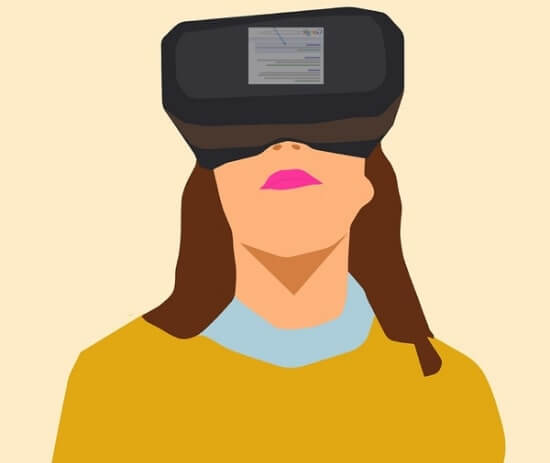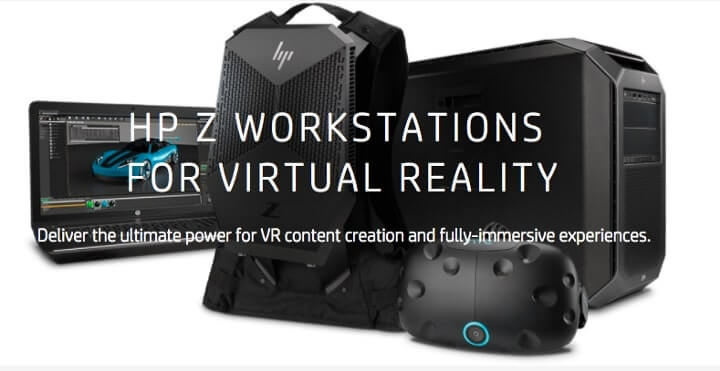Conferences are a big part of some digital marketers lives.
Many of polls I see still list speaker-presented content/sessions as the number one reason to attend a conference. The number two reason is networking.
You don’t have to be in the same room to get value from a talk.
Great speakers are powerful and often more powerful in person. But I’ve had the hair stand up on the back of my neck watching a YouTube video too.
Many conferences already live stream their events today. VR is a natural extension.
In VR, the presenter is not limited to what can appear on a screen behind them.
Instead of some well designed slides, presenters could completely transport the audience to a different time or place during a presentation.
Companies such as TheWaveVR have shown that people will attend concerts in virtual reality. Artists love having extra tools at their disposal to create engaging experiences for their fans.
With the costs of attending a digital marketing conference continuing to increase, I see opportunity for VR to deliver compelling experiences for a fraction of the cost.

